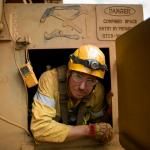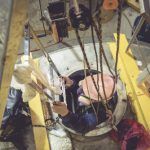
How to Ensure You Are a Safe Workplace for Confined Space Entry
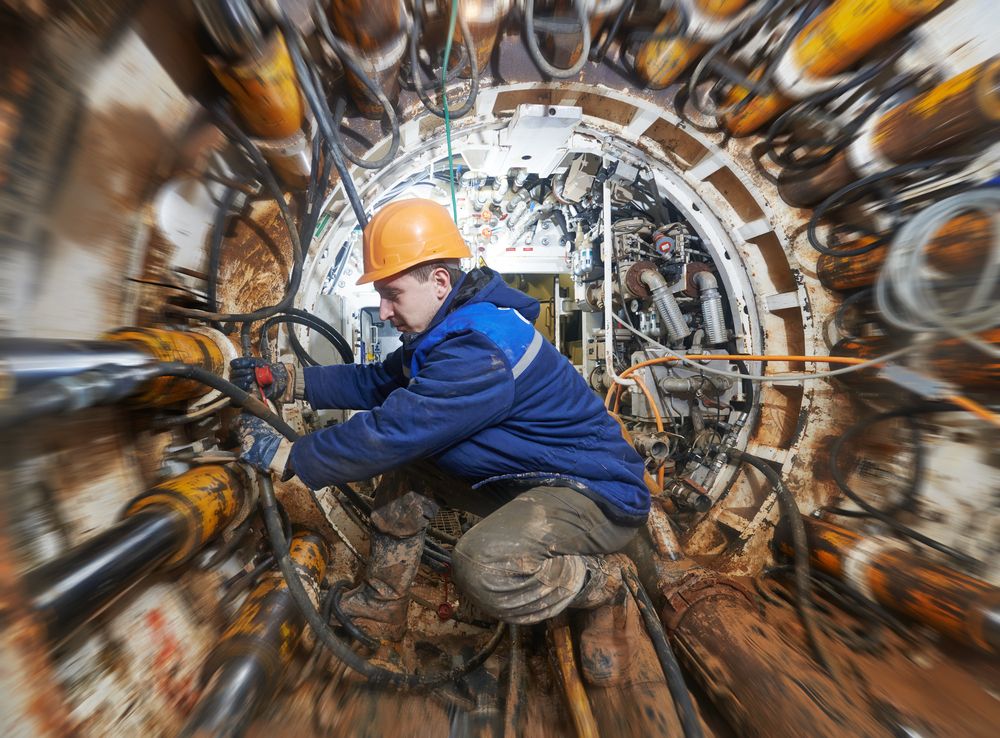
Is your company or work site adequately trained and prepared for confined space safety?
Do you have all your confined space entry permits in place and up to date?
Are there any gaps in your confined space entry process, procedure or protocol?
As a safety manager, these are questions that you should address and revisit regularly. Let’s take a look at confined space entry and its importance in workplace safety.
What Are Confined Spaces? Why Is Confined Space Entry Important?
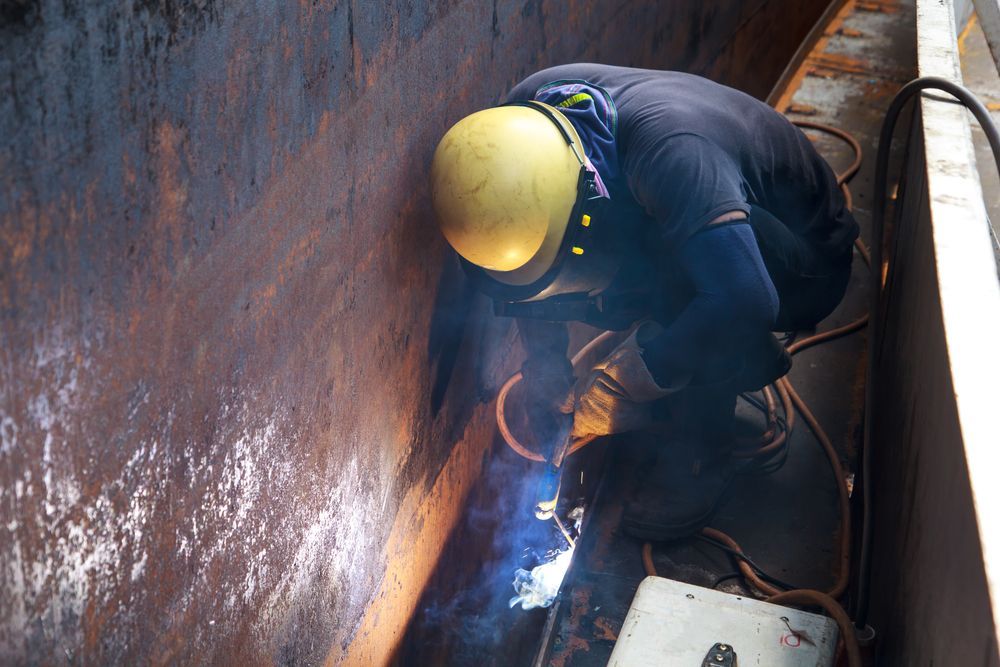 Confined spaces are defined as areas on a work site or at a facility that are not intended for people to occupy regularly, but may be used by workers to enter and perform a variety of tasks.
Confined spaces are defined as areas on a work site or at a facility that are not intended for people to occupy regularly, but may be used by workers to enter and perform a variety of tasks.
These are tight spaces, in the sense of containing a limited or restricted means of entry or egress. Examples of confined spaces include:
- Tunnels
- Tanks
- Vessels
- Silos
- Ductwork
- Pipeline
- Vaults
- Manholes
… among many others.
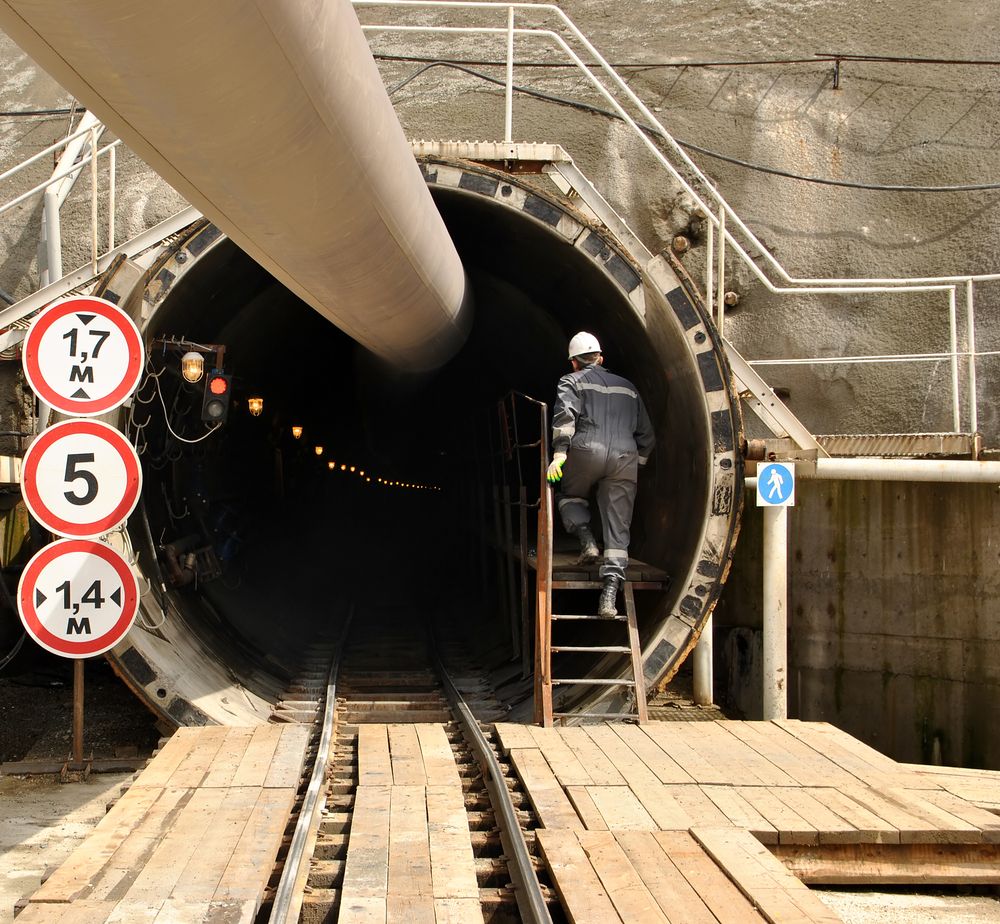 Why are confined space entry permits required?
Why are confined space entry permits required?
In short, permits are necessary due to the potentially hazardous nature of confined spaces.
Examples of dangers of confined space entry include:
- Hazardous materials present
- Hazardous atmosphere
- Converging or sloping walls or floors (inward or downward)
- Potential for asphyxiation
- Fire danger
- Risk of drowning
- Other safety hazards possible (live wire, machinery, heat/cold extremes, etc.)
Due to the hazardous nature of confined spaces, it is essential that your workplace or work site has a confined space entry permit program; and that any employee designated to enter a confined space be properly trained in confined space entry.
Confined Space Entry Permits & Confined Space Training
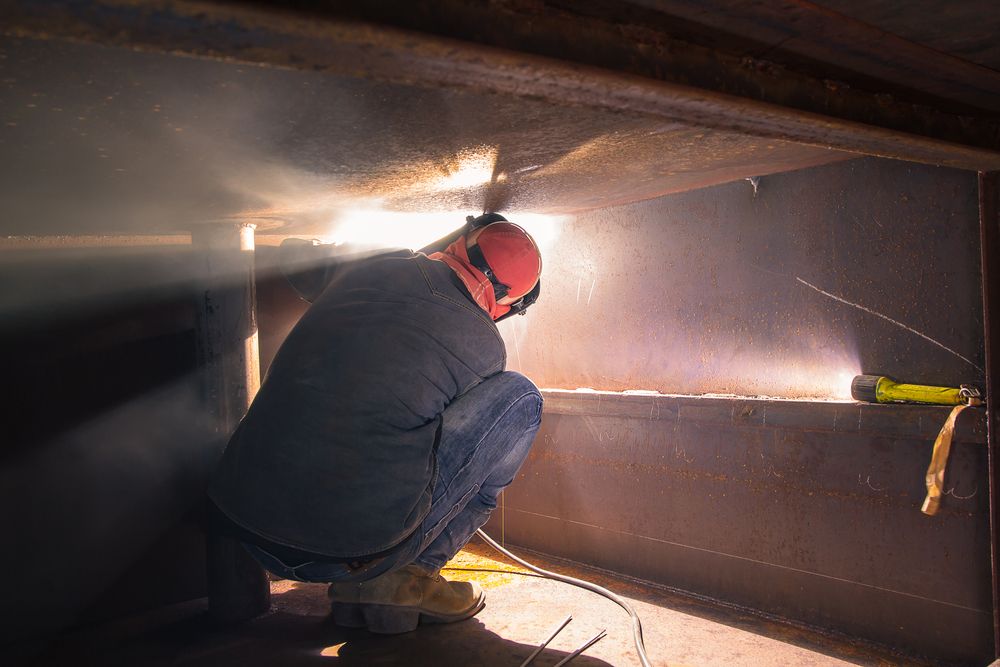 The first step is to ensure that all confined spaces on your premises are properly identified; and that confined space entry is limited to specific personnel only AND that signage is clearly marked as such.
The first step is to ensure that all confined spaces on your premises are properly identified; and that confined space entry is limited to specific personnel only AND that signage is clearly marked as such.
Any workers who have been designated for confined space entry must be properly trained – and be current on their confined space entry training.
This means that those who are granted permission to enter confined spaces must have a thorough understanding of the inherent risks of the confined spaces in which they will be entering, operating and exiting.
An essential component of this confined space entry training is the knowledge of emergency procedures within said confined spaces, both for self and for others. This includes potential life-saving procedures related to the nature of the confined space in question, as well as emergency egress procedures for this confined space.
All staff working in AND near the area should also have an essential understanding of any hazardous fumes or material; confined space entry and exit locations; and safety alarms and procedures.
How ACT Performs Confined Space Entry Training in Ontario
At Advanced Consulting & Training, a leader of safety training in Ontario, we offer comprehensive confined space entry training and consulting programs.
Whether you are looking to attend a confined space entry course at our location or have a customized confined space entry training conducted at your site – or you’re looking for confined space consulting to ensure your programs are up to date and are in full compliance – we’re the right choice.
Contact us today to find out more, and to get started on making sure your workplace is all set for confined space entry as a safety leader.

